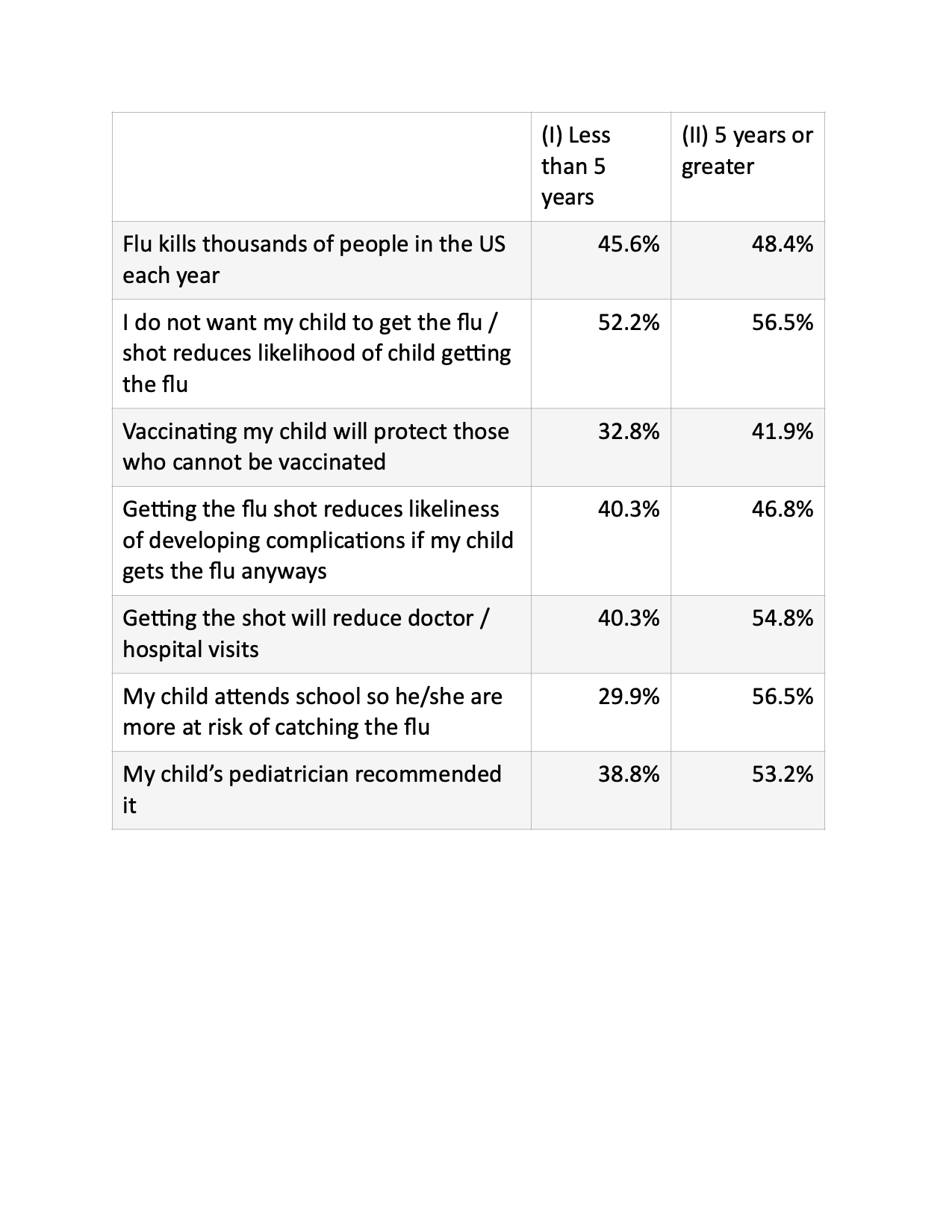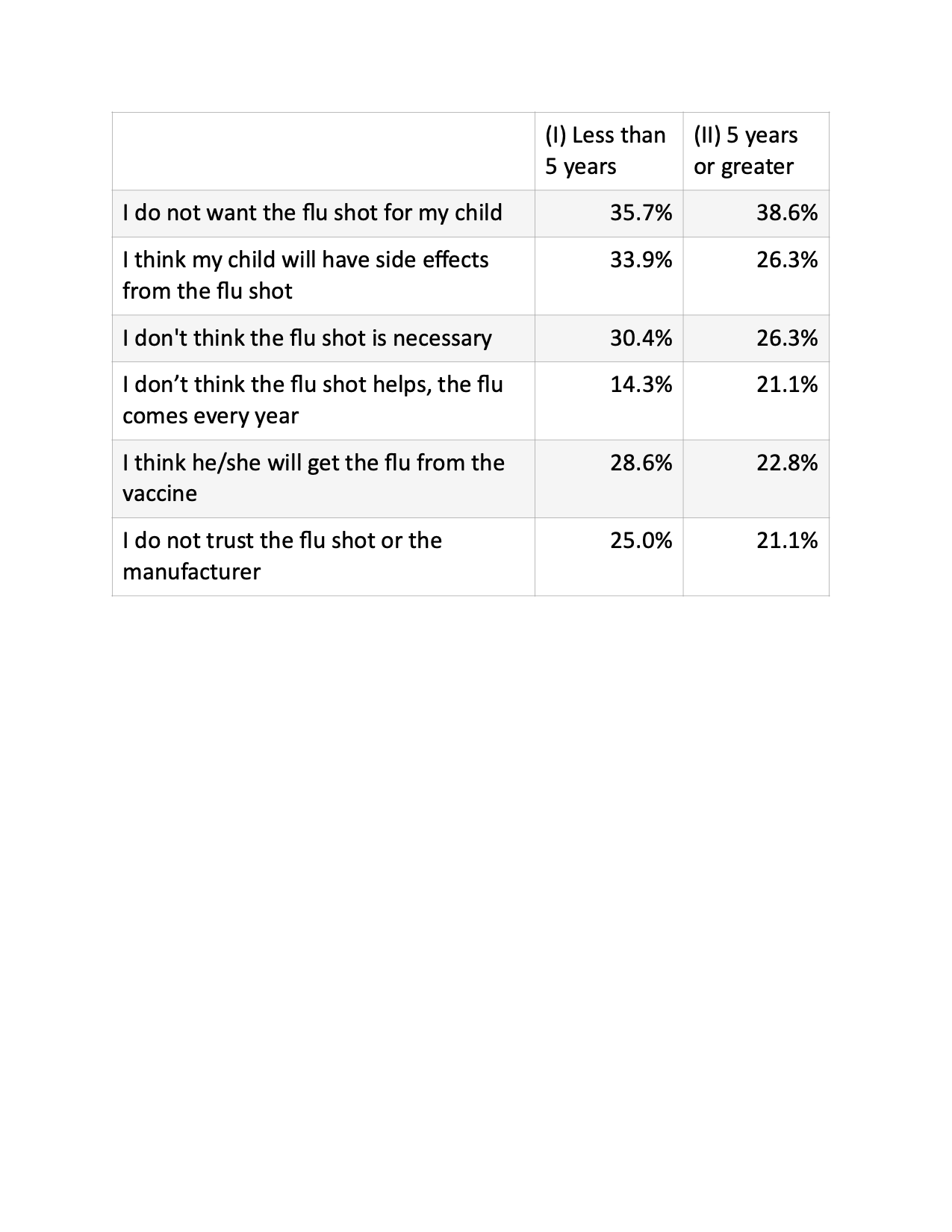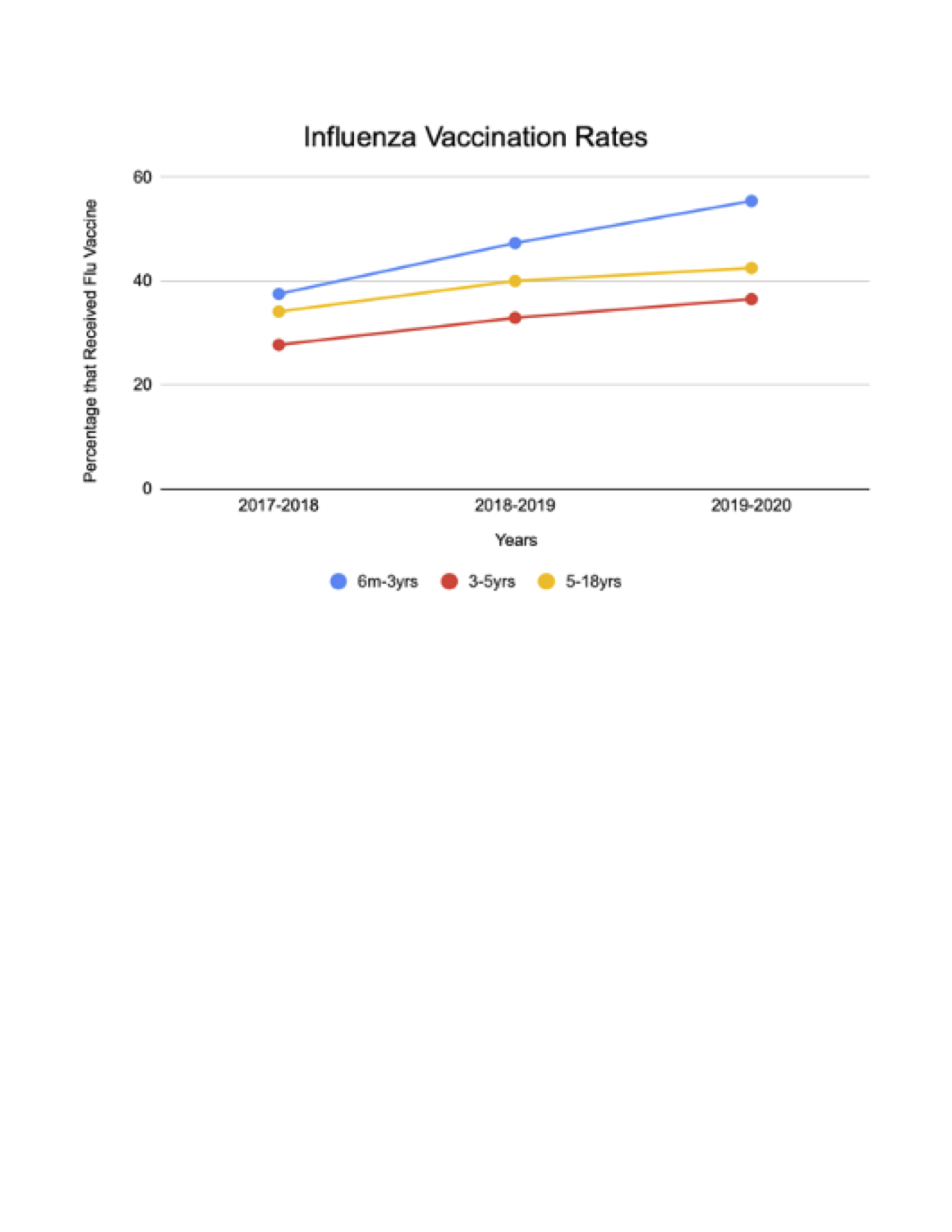Public Health & Prevention
Public Health & Prevention 1
88 - The Impact of Caregiver and Community Education On Influenza Vaccination Acceptance
Publication Number: 88.149

Austin Mueller (he/him/his)
Medical Student
Wayne State University School of Medicine
Detroit, Michigan, United States
Presenting Author(s)
Background: Vaccination against influenza is a critical aspect of preventive medicine and community health. Additional research is needed to determine why parents accept or reject influenza vaccinations for their children.
Objective: We conducted a survey in a pediatric clinic to better understand our community’s perspective on the pediatric influenza vaccine.
Design/Methods: A pediatric clinic’s influenza vaccination records were gathered during flu season (October 1st-April 30th). Data was recorded for the 2017-2018 and 2018-2019 flu seasons (pre-survey period) to compare to the 2019-2020 flu season (post-survey period). Surveys were distributed during the 2019-2020 flu season to assess parental vaccination status and their reasoning for either accepting or rejecting the influenza vaccine for their child(ren). Children vaccination rates were divided into 3 groups: 6 months up to 3 years, 3 years up to 5 years, and 5 years up to 18 years. A parent’s reasoning for acceptance or refusal of the pediatric influenza vaccine was divided into two groups: parents of children < 5 years old and >5 years old.
Results:
During the 2017-2018 flu season, the overall vaccination rate (n=1791) was 34.1%. During the 2018-2019 flu season, the overall vaccination rate (n=1795) was 41.7%. The overall pre-survey vaccination rate (2017-2019) was 37.9%.
During the 2019-2020 flu season, the overall vaccination rate (n=1620) increased to 45.3%. This was a statistically significant increase from the pre-survey vaccination rate (p< 0.001), and a statistically significant increase from the 2018-2019 vaccination rate (p=0.035). In 2019-2020, vaccination rates of children from 6 months to 3 years, 3-5 years, and 5-18 years all increased from prior influenza seasons to 55.4, 36.5, and 42.5%, respectively.
The most common reason why parents chose to vaccinate their child(ren) against influenza was, "I do not want my child to get the flu/the shot reduces the likelihood of child getting the flu" (52.2% in >5 years old group, 56.5% in >5 years old group). The most common reason why parents chose to not vaccinate their child(ren) against influenza flu was, "I do not want the flu shot for my child" (35.7% in < 5 years of age group, 38.6% in >5 years of age group). 56.5% recognize their child(ren)'s increased risk of influenza infection from attending school.
Conclusion(s): Our study addresses community perceptions of the pediatric influenza vaccine. In light of the COVID-19 pandemic and influenza season, understanding these perceptions will allow for efficacious educational materials that may increase vaccination rates and improve community health.


